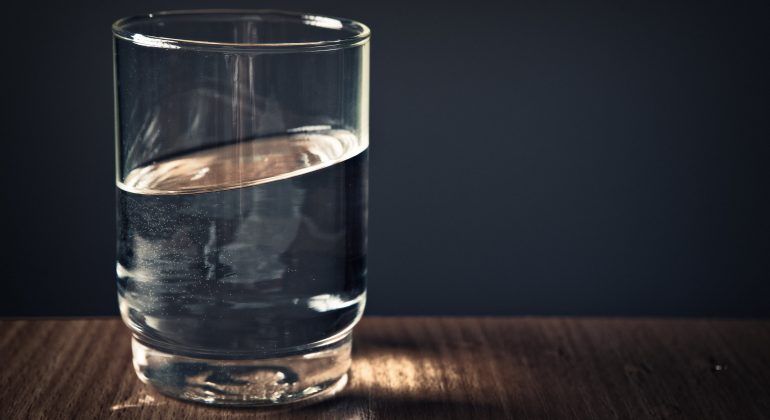There are plenty of water contaminants that might be detrimental to your health. One of the most dangerous ones is lead. This toxic metal can cause cardiovascular diseases, infertility, decreased kidney function and increased blood pressure in adults. However, kids and infants are particularly more vulnerable to lead because it affects them at lower exposure levels than adults. For them, lead has been linked to learning disabilities, impaired function of blood cells, and damage to the central and peripheral nervous system. Unfortunately, lead isn’t as easy to detect as murky or dirty waters.
Lead can contaminate your drinking water through corrosive water. This kind of water has high acidity and low mineral content which may corrode lead or copper pipes, faucets, and fixtures. Corrosive water in itself isn’t harmful to health when consumed. However, when it dissolves enough metals such as lead, it poses a serious risk. If you live in a house built before 1991, it’s probable that you have lead in your household plumbing system. Copper pipe corrosions may leave bluish-green stains around fixtures and may give the water a metallic taste. However, in other cases, lead leaves no visual sign and no obvious taste or odor.

How To Protect Yourself From Lead Contaminated Water
Since lead contamination to drinking water often comes from corrosion of plumbing, the Environmental Protection Agency established a treatment regulation for the lead. This procedure tries to nip the problem in the bud by controlling the corrosivity of the water. However, it would still be better to take extra precautions and know how to protect yourself and your family from the harmful effects of leadm.
Test Your Tap Water for Lead
Even with the authorities testing the community-wide plumbing system for lead, your home might still have internal plumbing materials that contain lead. The worst part is that it more often than not doesn’t leave any signs behind. There’s nothing that you could see, taste, or smell that could alert you of its presence. So, the only surefire way of telling if your water is lead contaminated is to test it.

Research and look for certified laboratories available in your area. Different labs may have different sets of instructions but, when collecting the needed samples from your tap, it’s vital you get a sample from the first drops of tap water for the day or the “pre-flush” water. Make sure that you avoid turning on your tap for at least six hours prior. This is important because corrosion usually happens overnight when your water has just rested in the pipes for more than 6 hours. And the corroded metals come bursting out on the first release from your tap.
Let The Tap Run
You might be thinking that this is a waste of water but, it’s a good precaution. Every morning, flush out your faucets by letting the water run for at least 5 minutes before letting anyone consume it. You can do this while taking a shower, washing the dishes left overnight, or doing the laundry.

Drink Cold Tap Water
Warm or hot water more likely contains elevated levels of lead. So, it’s better if you opt for the cold tap water for drinking and cooking. Boiling the water also doesn’t remove the lead. Worse, it concentrates lead content.
Install A Water Filter
As an added protection to any household, you should consider installing water filters that are certified to remove lead by the NSF International. And don’t skip out on the manufacturer’s instructions so you’d know when you’d need to clean or replace the filter cartridges. In addition to that, always remember to regularly clean your faucets screen or faucet aerator. Lead particles and sediment can build up on the aerator screen.

Protect the Children
As much as possible, use only filtered or bottled water to prepare food and drinks for babies, kids, and pregnant women. Given that they’re more vulnerable to the effects of lead, it’s better to be on the safe side. Parents are also advised to have their child tested for lead exposure.
Replacing Pipes and Fixtures
One of the best ways to ensure that your water is safe from lead, it’s best to determine if you have any lead-containing pipes and fixtures at home. Avail the services of a certified plumber. And if you can afford it, replace any indoor plumbing that contains lead. After replacing them, flush out the water taps before using them again. However, if you find lead in the pipe that connects to the overall city line, do not remove it on your own. Contact the authorities and have them deal with it because if you only replace a part of it, it could cause lead levels to increase. Lead may not always be a primary concern in your area but, it’s always better to be prepared than sorry.

